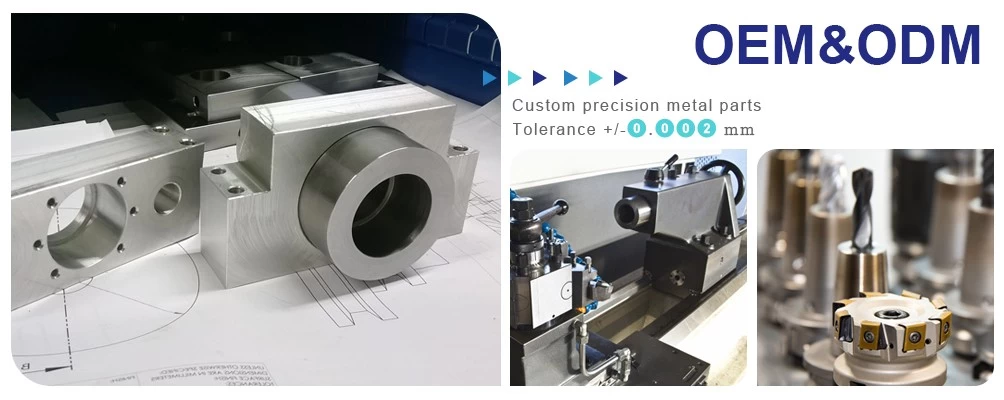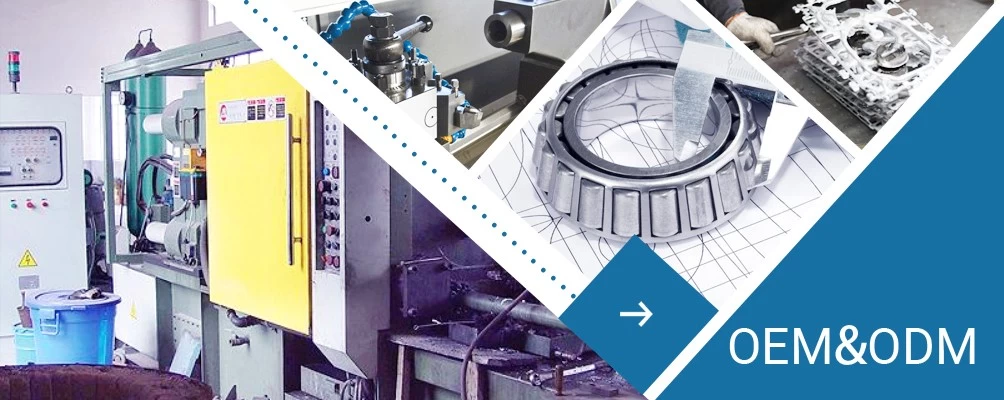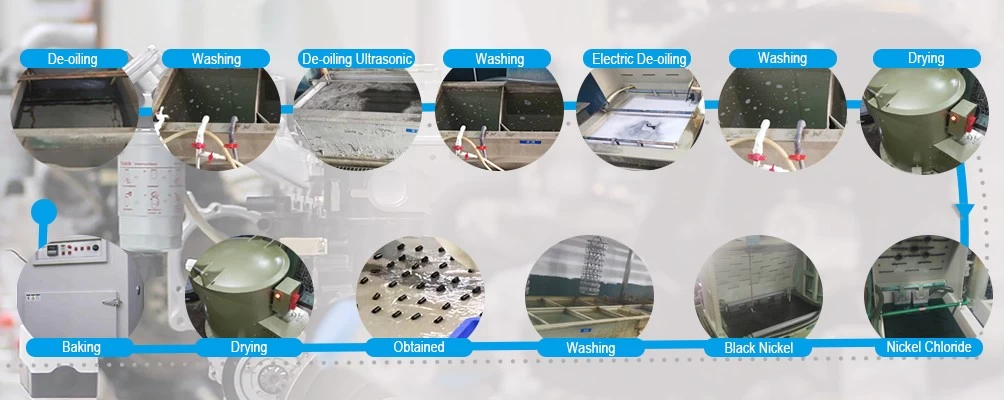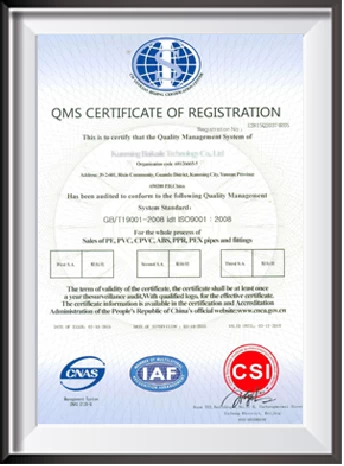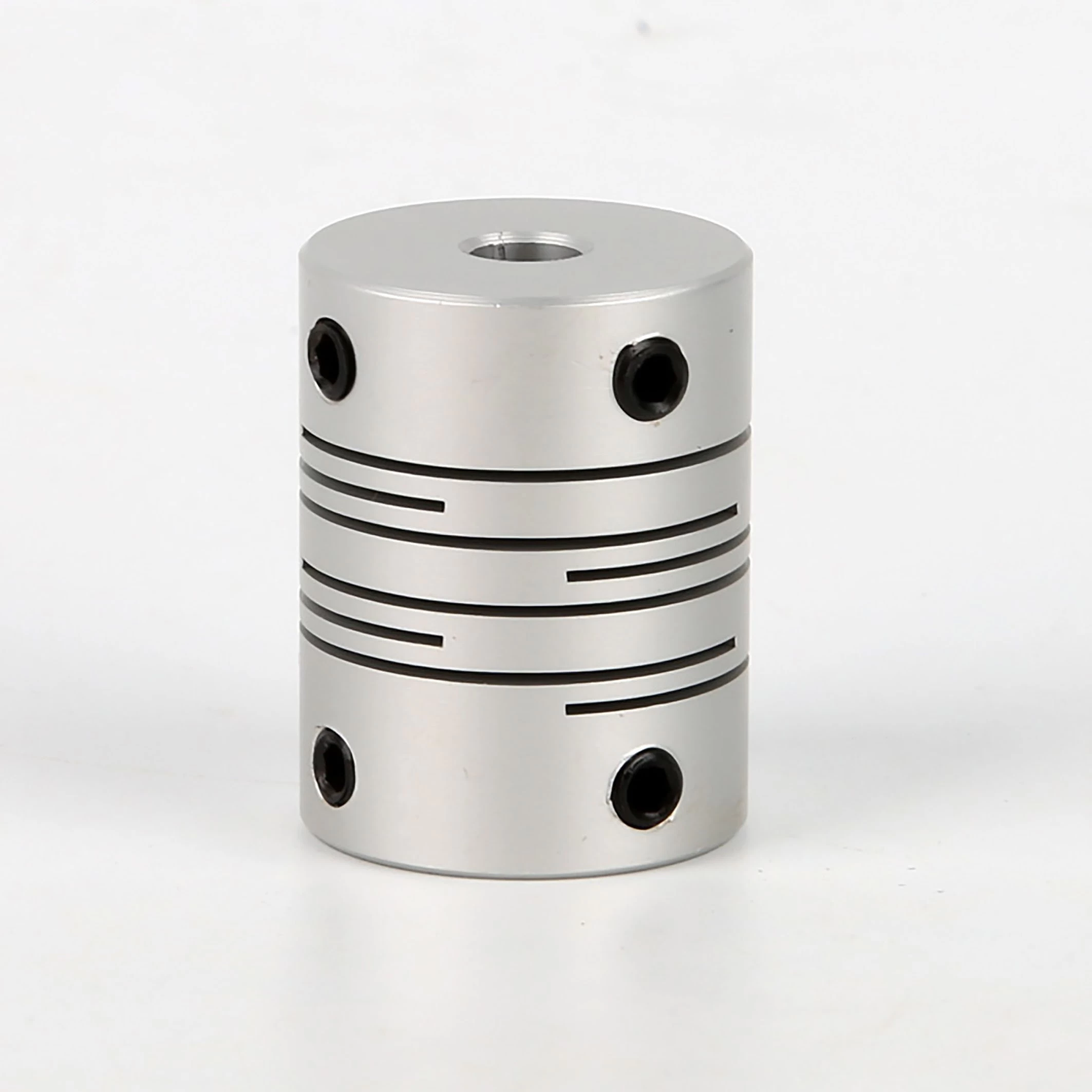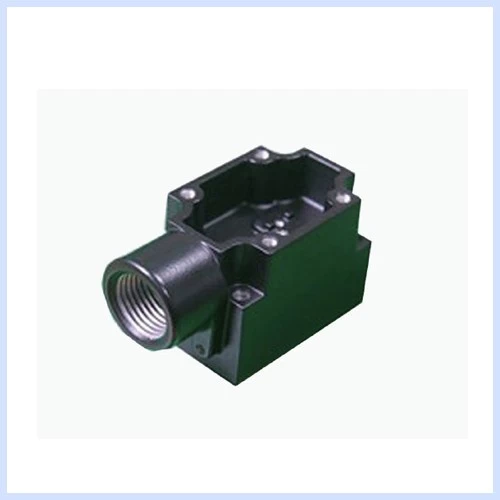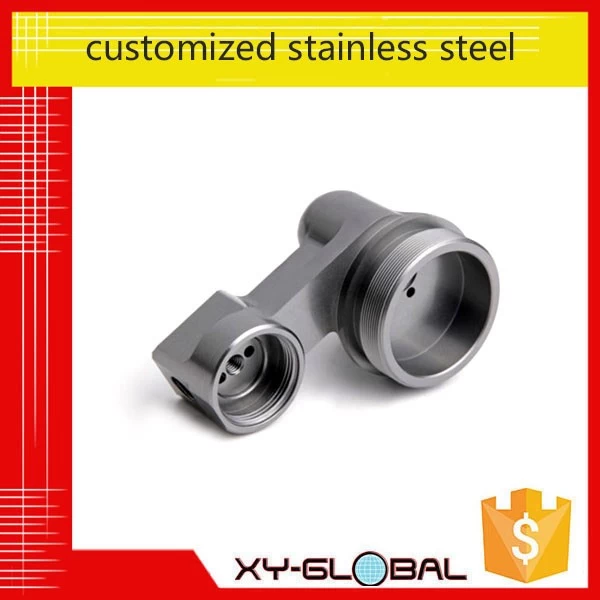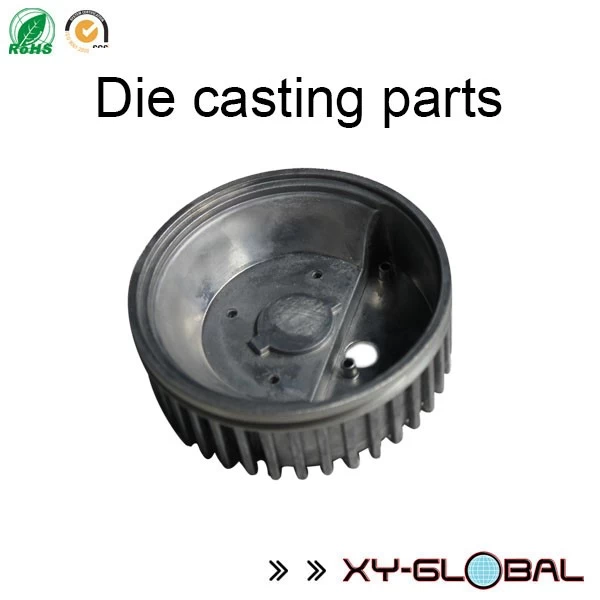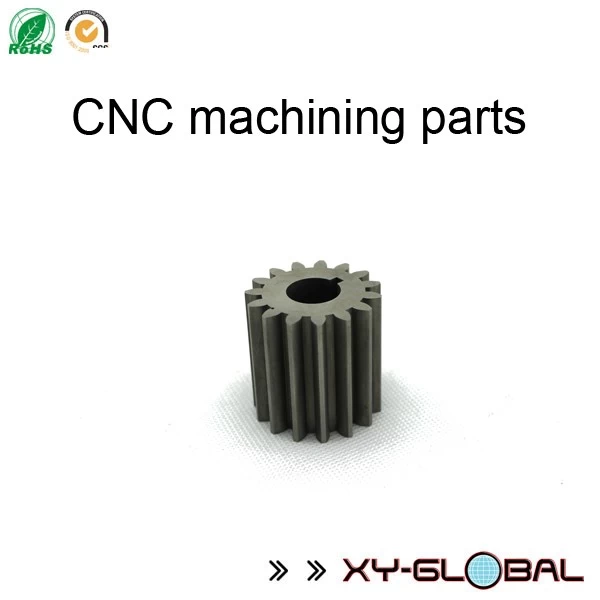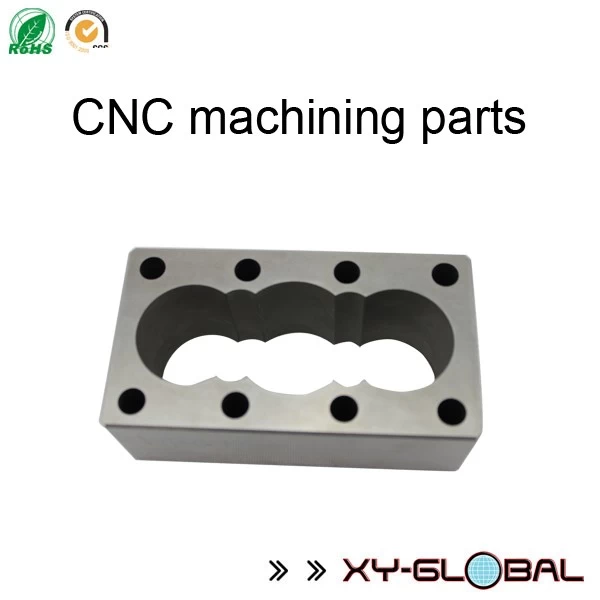Electroplating related role
Henry
Www.xy-global.com
2018-09-25 11:34:09
Electroplating is the process of plating thin other metal or alloy layers on some metal surfaces by electrolysis. It is a process of attaching a metal film to the surface of a metal or other material by electrolysis to prevent metal oxidation (such as rust), improving wear resistance, electrical conductivity, light reflectivity, corrosion resistance (copper sulfate, etc.) and strengthening the metal film. Beautiful appearance. The outer layers of many coins are also plated.
The technique of depositing a well-attached metal coating of different properties and matrix material on a mechanical article using the principle of an electrolytic cell. The electroplated layer is more uniform than the hot dip layer and is typically very thin, ranging from a few microns to tens of microns. Through electroplating, decorative protection and a variety of functional surface layers can be obtained on mechanical products, as well as repairing worn and machined workpieces.
In addition, there are different roles depending on the plating needs. An example is as follows:
1. Copper plating: used as a primer to improve the adhesion and corrosion resistance of the coating. (Copper is easily oxidized. After oxidation, patina is no longer conductive, so copper-plated products must be protected with copper.)
2. Nickel plating: base or appearance to improve corrosion resistance and wear resistance (chemical nickel is more resistant to chrome plating in modern processes). (Note that many electronic products, such as DIN heads, N heads, no longer use nickel to make the base, mainly because nickel is magnetic, which will affect passive intermodulation in electrical performance)
3. Gold plating: Improve the conductive contact resistance and improve signal transmission. (Gold is the most stable and expensive.)
4. Palladium-plated nickel: Improve the conductive contact resistance, improve signal transmission, and wear resistance higher than gold.
5. Tin-plated lead: Improves soldering ability and is replaced by other substitutes (because lead is mainly changed to bright tin and matte tin).
6. Silver plating: Improve conductive contact resistance and improve signal transmission. (Silver has the best performance, easy to oxidize, and also has electrical conductivity after oxidation)
Electroplating is a method of laying a metal layer on a conductor using an electrolysis principle.
about us
XY-GLOBAL is a Sino-foreign joint venture established in 2005. We have R&D, sales and production teams in Shenzhen and Dongguan, China, sales companies in the US and Israel, and customers all over the world.
XY-GLOBAL's main products include CNC machined parts, CNC parts, die-cast parts, stamped parts, extruded parts and other metal parts and molds, as well as matched injection molded products and molds.
The technique of depositing a well-attached metal coating of different properties and matrix material on a mechanical article using the principle of an electrolytic cell. The electroplated layer is more uniform than the hot dip layer and is typically very thin, ranging from a few microns to tens of microns. Through electroplating, decorative protection and a variety of functional surface layers can be obtained on mechanical products, as well as repairing worn and machined workpieces.
In addition, there are different roles depending on the plating needs. An example is as follows:
1. Copper plating: used as a primer to improve the adhesion and corrosion resistance of the coating. (Copper is easily oxidized. After oxidation, patina is no longer conductive, so copper-plated products must be protected with copper.)
2. Nickel plating: base or appearance to improve corrosion resistance and wear resistance (chemical nickel is more resistant to chrome plating in modern processes). (Note that many electronic products, such as DIN heads, N heads, no longer use nickel to make the base, mainly because nickel is magnetic, which will affect passive intermodulation in electrical performance)
3. Gold plating: Improve the conductive contact resistance and improve signal transmission. (Gold is the most stable and expensive.)
4. Palladium-plated nickel: Improve the conductive contact resistance, improve signal transmission, and wear resistance higher than gold.
5. Tin-plated lead: Improves soldering ability and is replaced by other substitutes (because lead is mainly changed to bright tin and matte tin).
6. Silver plating: Improve conductive contact resistance and improve signal transmission. (Silver has the best performance, easy to oxidize, and also has electrical conductivity after oxidation)
Electroplating is a method of laying a metal layer on a conductor using an electrolysis principle.
about us
XY-GLOBAL is a Sino-foreign joint venture established in 2005. We have R&D, sales and production teams in Shenzhen and Dongguan, China, sales companies in the US and Israel, and customers all over the world.
XY-GLOBAL's main products include CNC machined parts, CNC parts, die-cast parts, stamped parts, extruded parts and other metal parts and molds, as well as matched injection molded products and molds.
Www.xy-global.com is our website


